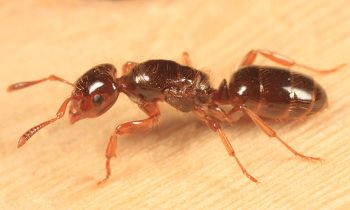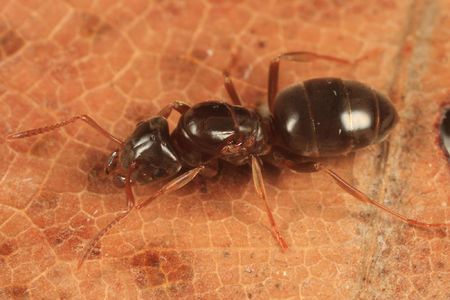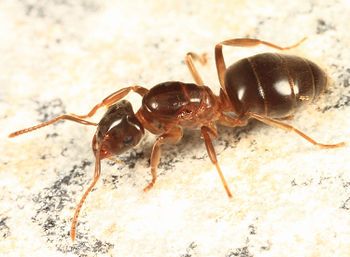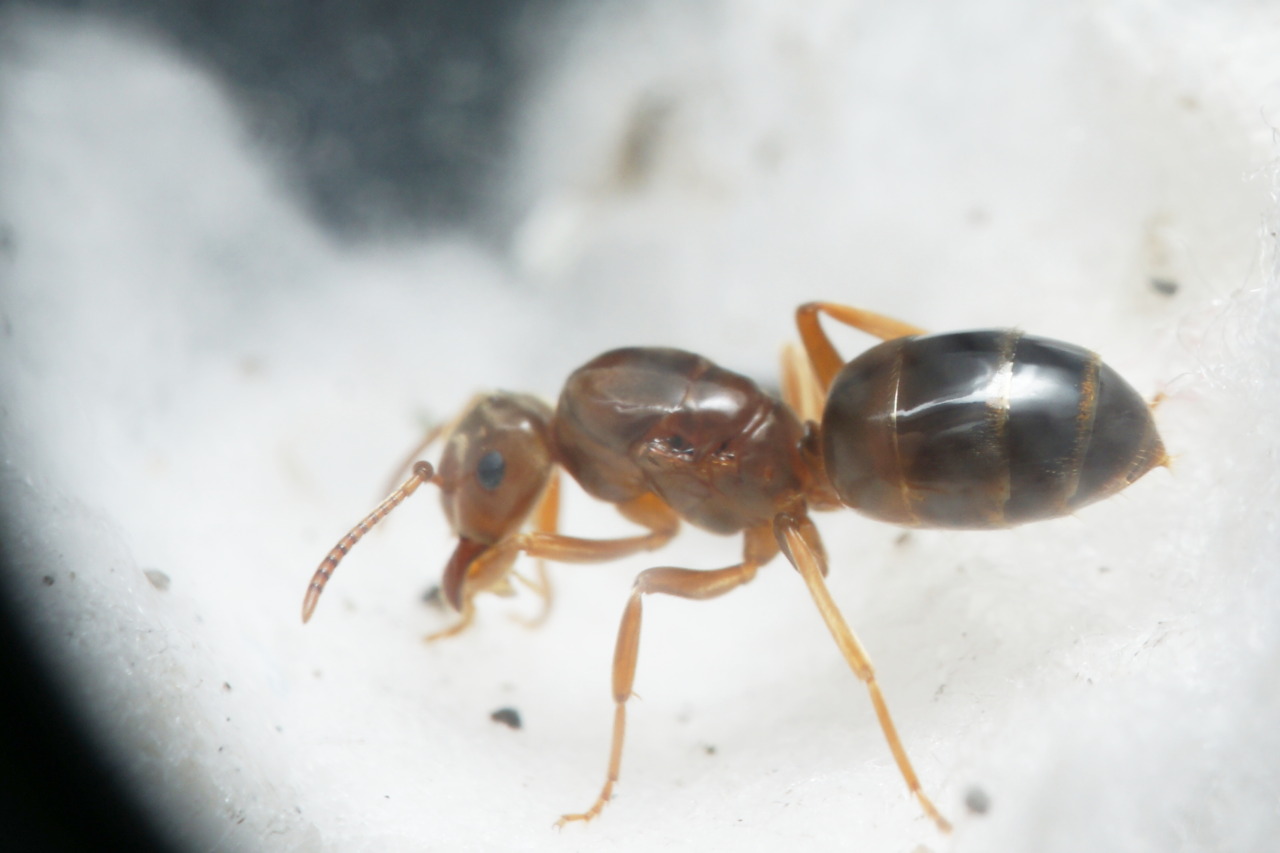Dear Formiculture,
As some of you may already know, my name is VoidElecent and my twin brother is Bracchymyrmex. I was introduced to this forum not so long ago by him, and the few days I've been here have been great! You all are very helpful, and I've already gotten 29 replies to a thread I posted just two or three days ago!
Since we're pretty new, I thought it would be appropriate to give you all a sense of who we are (or atleast me) and how we're doing ant-wise. I thought about posting this in the member introductions section, but I also want to discuss some problems and roadblocks we've encountered with some of our queens, so rather than specifically categorizing this thread as an Introduction or strictly as Ant-Keeping & Myrmecology, I've decided to plop it in general. Plus, I was under the impression more of you checked general than some of the other categories, so it works out fine.
My brother and I live near Philadelphia, PA. We started to get really into ant-keeping later in the Summer and towards the beginning of Fall last year, so we just missed the majority of nuptial flights. Fortunately, we got pretty lucky and snatched up a couple queens just before the Fall weather started to kick in and it became really cold. Here's a list of the species' we have:
- (1x) Camponotus Pennsylvanicus
- (2x) Crematogaster Cerasi
- (1x) Lasius Neoniger
- (1x) Brachymyrmex Depilis
- (1x) Lasius Social Parasite
My brother caught the Camponotus Queen in Late June if I remember correctly (he was into ants far before I was), and she managed to develop a sizable brood and 10 workers just in time for hibernation. Hibernation is nearing an end, and she still has 6 workers, which I would consider a success. This young colony seems to be quite tolerant and very easy to handle— we've enjoyed working with them. We're not too sure what we want to do with it, but selling it may be one of our top options.
I stumbled upon the Crematogaster Queens on our school campus, I was actually unprepared, but eventually found a way to successfully and safely transport them in plastic test tubes from school to our house. These queens have for sure been through a lot, but they are my favorite. Despite their high susceptibility to stress, these queens are very healthy and very strong. They're small, shiny, black, and essentially unsquishable! What more could an ant keeper want? If all goes well, I plan on keeping a colony of Crematogaster Cerasi.
The Lasius Neoniger was found at a local park. About a day after their famous Labor-Day nuptial flights, I found the queen wandering around on a sidewalk. I quickly scooped her up and she is one of our happiest ants to date.
The Brachymyrmex Queen was a very lucky watch for us. In mid-October last year, there happened to be a last-minute nuptial flight on our driveway. We couldn't take the dog on a walk without being pelted in the face by alates. At this time, we were only really aware of the common species (Tetramorium, Camponotus, Crematogaster, Lasius etc.) and were definitely not expecting to see these ants. If we hadn't seen the males still attached, we wouldn't even have identified them as ants! They're just so tiny! This is my brother's absolute favorite species we own (hence his username) and I presume we'll be keeping her as well.
We also stumbled upon a Myrmica Sp. Queen on our driveway and kept her in a generic test-tube setup. Unfortunately, we hadn't done our research and were completely unaware of this species' semi-claustral nesting habits, so she sadly passed away during hibernation. We definitely learned our lesson...
The Lasius Parasite queen we own is a little different. We definitely had no trouble finding Lasius Claviger in Autumn last year, but this one caught our attention so we scooped her up. She's a little darker, legs look a bit skinnier, and hasn't died so far... So I guess that's good... We're not quite sure what to do with her but I have a couple ideas. although I think it would be best to try to ID her before I get into those. We had previously assumed she was Umbratus, but she seems to be much darker. I'm now under the impression she''s Lasius Speculiventris. Let me know what you all think (here are some photos):
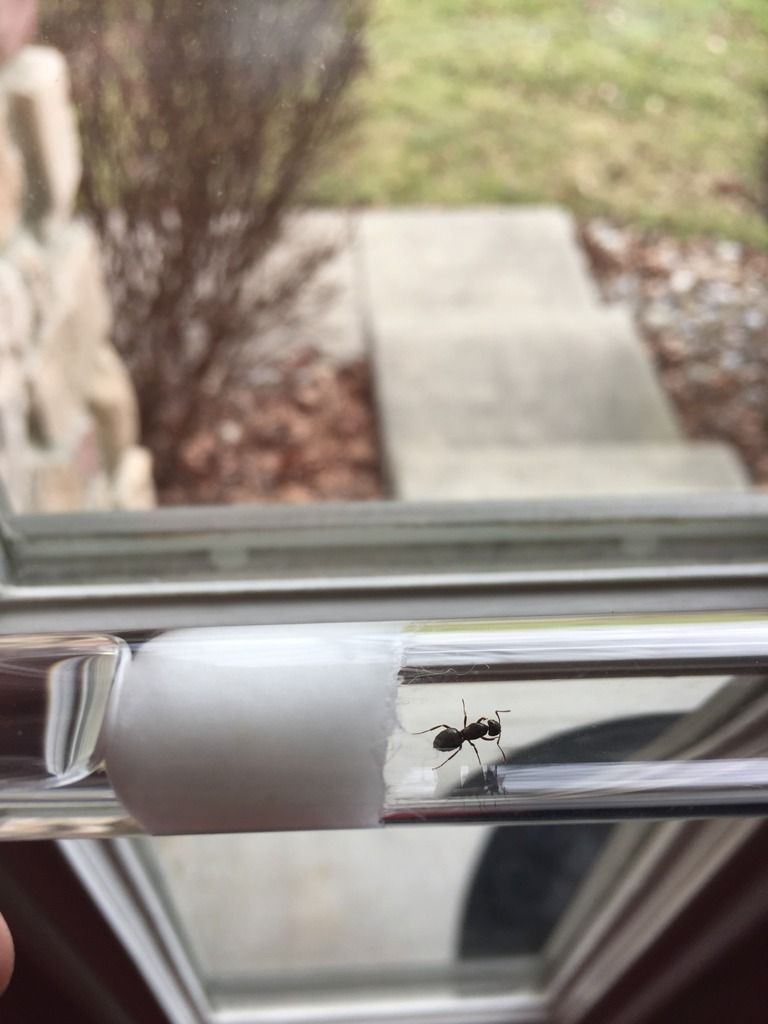
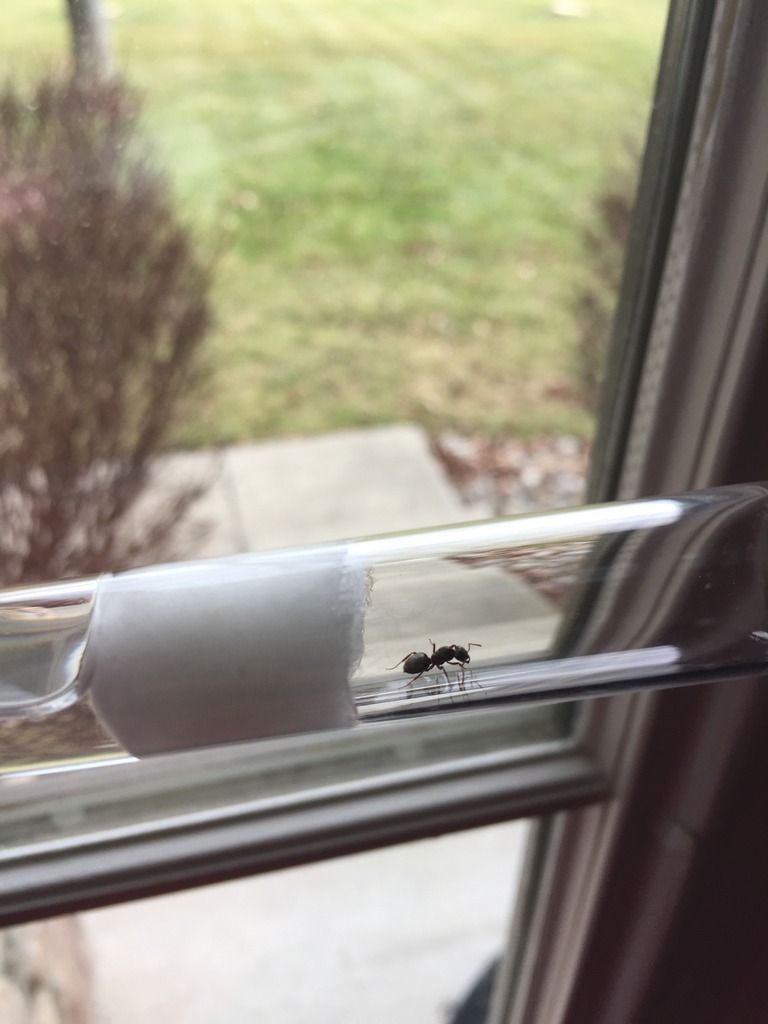
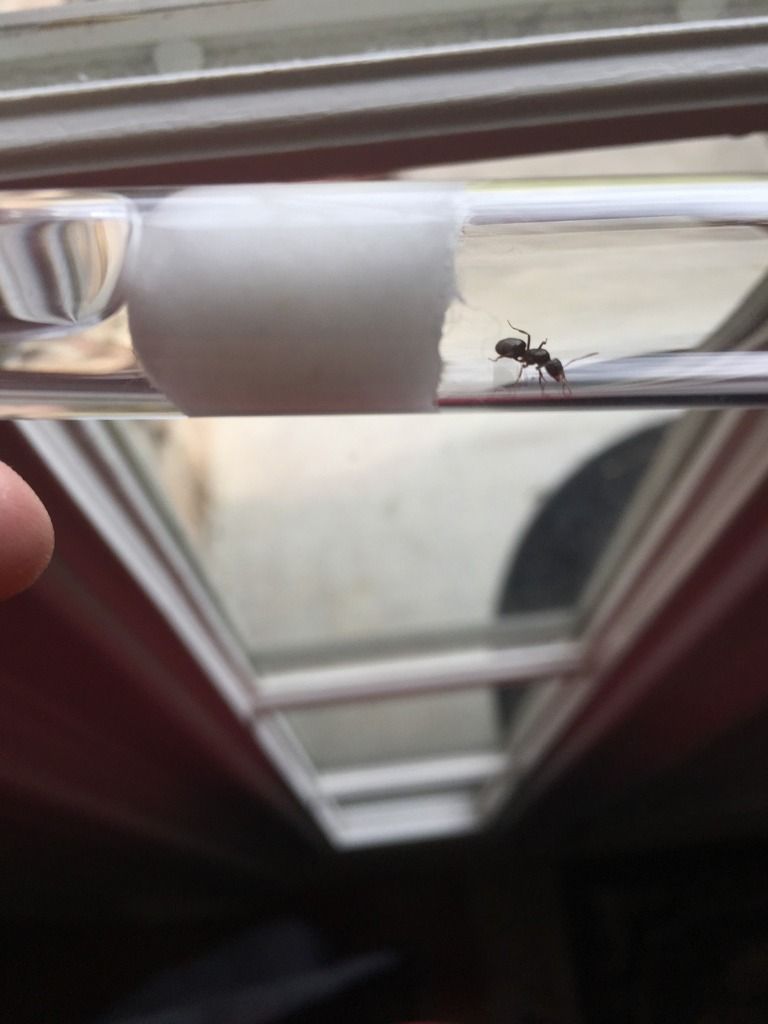
Sorry the pictures are a little fuzzy, there's only so much you can do with an iPhone camera.
My idea was to try and raise her. Since we have a Neoniger, we could try doing something with the Neoniger workers. I thought that if we moved some of the Neoniger workers or pupae into the Parasite's test-tube claustral chamber, they would start working for her and she would start to lay her own eggs. I'm really not too sure how to go about doing this, so any advice would be MUCH appreciated.
Thank you all for being so supportive and helpful so far! Hopefully we can ID this sucker and find out what to do with her.







